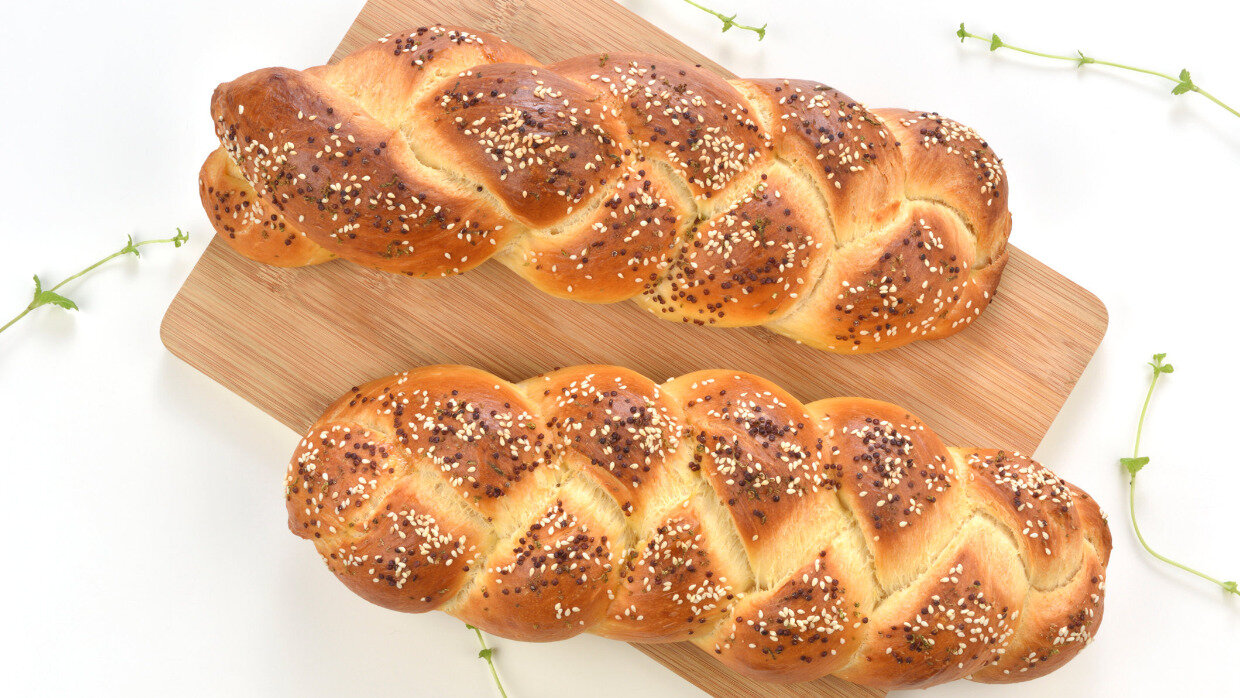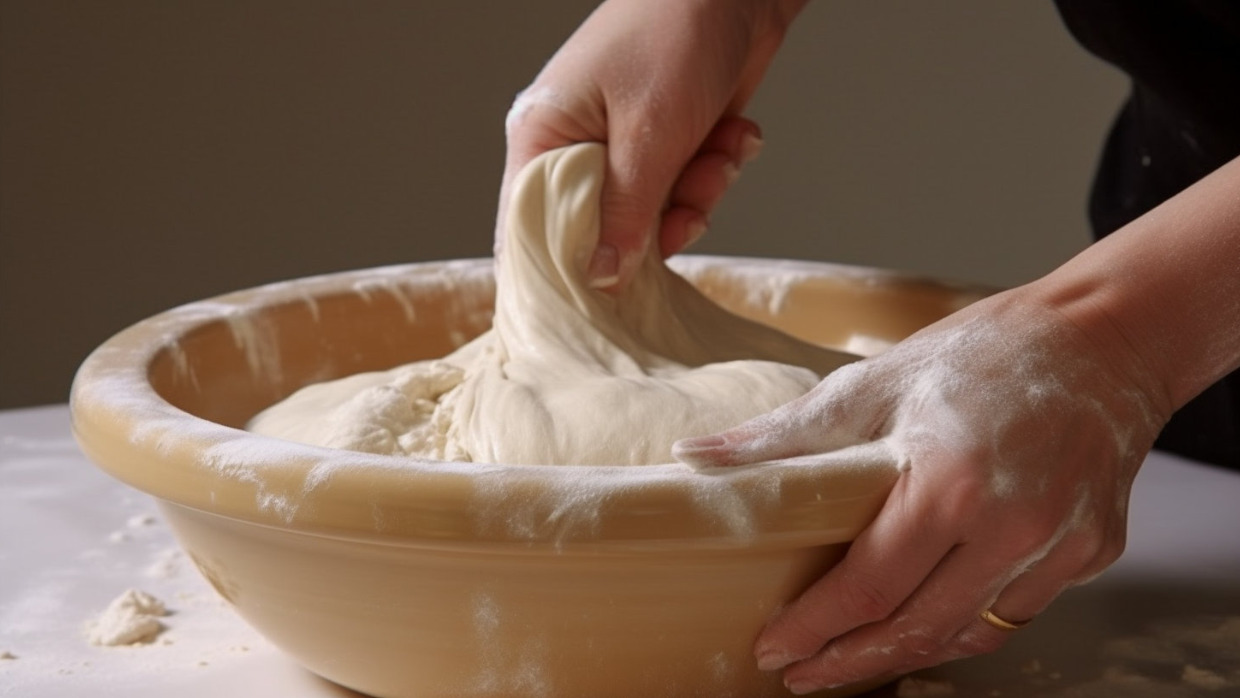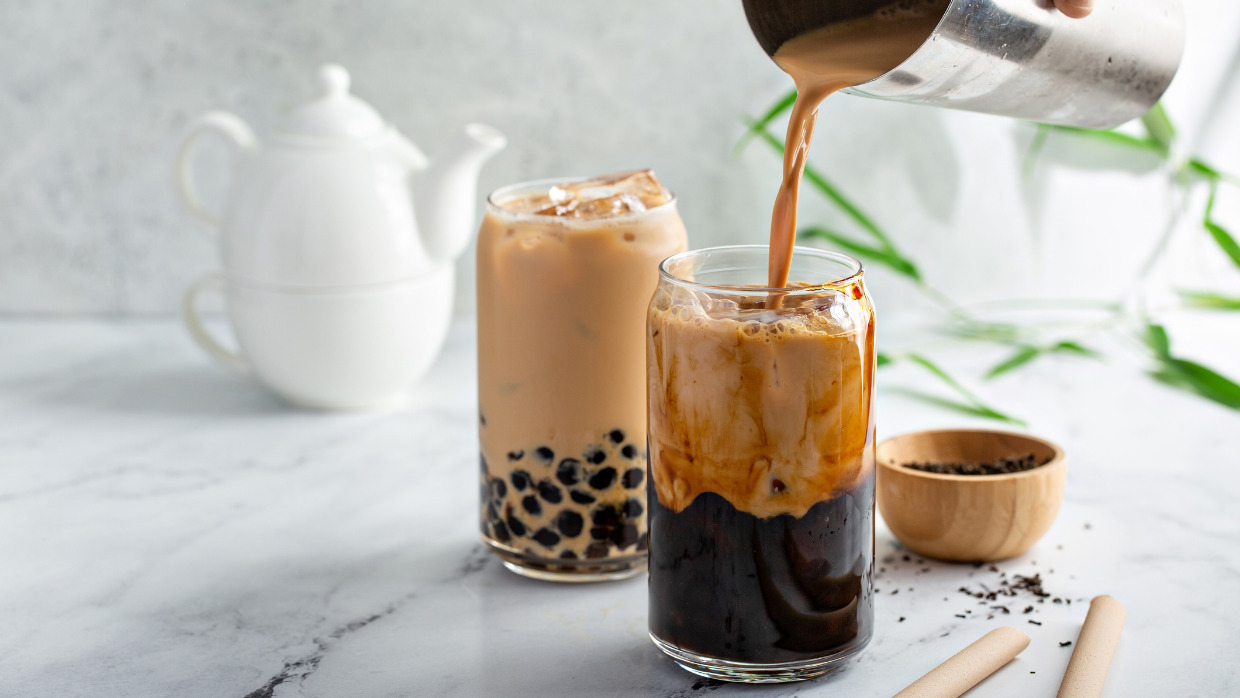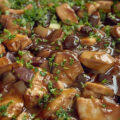While "challah" often refers to the braided egg loaves we enjoy on shabbat, the term "challah" also refers to the mitzvah of separating a portion of the dough before braiding. This portion of dough is set aside as a tithe for the Kohein/priestly portion. In Hebrew, this mitzvah is called hafrashat challah.
Today, since the challah can no longer be observed as a priestly offering, and so that this law will not be forgotten, the piece taken is properly burned or discarded in lieu of giving it to the kohanim.
When a person prepares a large quantity of dough for baking they are obligated to perform the mitzvah of separating a small piece of dough and sanctifying it. This piece is called challah. Although this word refers to the sanctified piece of dough, today it is also used to refer to the special Shabbat bread.
The moment of separating challah is an especially auspicious moment for praying for family and loved ones.
Jamie Geller says, *While I knead the dough of the holy challah, my personal prayers range from both big (the coming of mashiach) to small (please don’t let this challah burn), for everyone that I know and love, for all those in need of healing, or who need to find a soul mate, or who need financial help, or who need comfort.
I pray for my children’s spiritual, physical, emotional and social health and wellbeing, in great detail. I pray that they should have friends on the playground and for their future children. I pray that they are successful with their tests in the upcoming week and that they should fulfill their greatest potential in life. I pray for our family’s interpersonal relationships and for each of our individual relationships with God. I just pray, pray, pray for everything and anything both “trivial” and of tremendous magnitude.
I pray for my husband and our marriage from the depths of my soul, for my parents, my sister, my siblings (in-law) and their families and even my neighbors across the street - for long life (until 120), for peace (both worldwide and individual) for blessings and success in the spiritual and the material.
Whatever and whoever comes to mind, I pray for.
You don’t have to be in a house of worship, all squeaky clean, to pray. You can be up to your elbows in thick, sticky dough, with flour on your face, God will hear you.
Challah is a fabulous opportunity to bring blessing into our lives, our homes, and to all of the Jewish people and the world.
In the merit of fulfilling this tremendous mitzvah together may our individual and collective prayers be answered for the good!”
Download our step by step guide to taking Hafrashat Challah with the blessings.

Ingredients
- 3 cups water
- 50 grams yeast or 4 tablespoons dry yeast
- 1 cup sugar or honey or a mixture of both
- 3 eggs this recipe also works without eggs!
- 1 cup oil
- 3 tablespoons salt don't try to reduce the salt in the recipe
- 2.2 - 2.5 kilo flour or 1 5 lb. bag of flour ( approx. 12 cups) I use whole wheat, but this works with white flour or with a mixture of white and whole wheat.
- Cinnamon or Za’atar for sprinkling
- Sesame seeds for topping
Nutritional Facts
Instructions
- In the bowl of a stand mixer or a large bowl combine 50 grams of yeast with 1 cup warm water, 1 cup flour and 1 cup sugar. Wait until it froths -- about 10 minutes. (This is a perfect opportunity to call an elderly friend or relative.)
- Add 2 cups water, 1 cup oil, 3 eggs, and about half the flour. Mix using the dough hook on your mixer, or your hands.
- Add 3 tablespoons salt and the remaining flour. Keep mixing until it forms into a ball and continue kneading until the dough is smooth and not sticky.
- Set aside dough and let rise for at least 3 hours or until the dough doubles in size.
- Punch the dough down and then let it rise again for about 1 hour.
- Take the piece of dough that you will be separating and consecrating as challah. Say the blessing and dispose of it as directed. Download our guide for detailed instructions. Make use of the holiness of the moment to say some prayers.
- To shape the challah, roll into braids, knot into rolls, or shape any way you wish.
- Let the twisted loaves rise for about 30 minutes, then place onto baking pans lightly sprinkled with cinnamon or za’atar if going savory. Brush with egg yolk diluted with water, and sprinkle with sesame seeds.
- Preheat oven to 375℉. Bake for 10 minutes, lower temperature to 350℉ and bake another 30-45 minutes depending on size. Challah is done when they are golden brown and sound hollow when tapped.
















